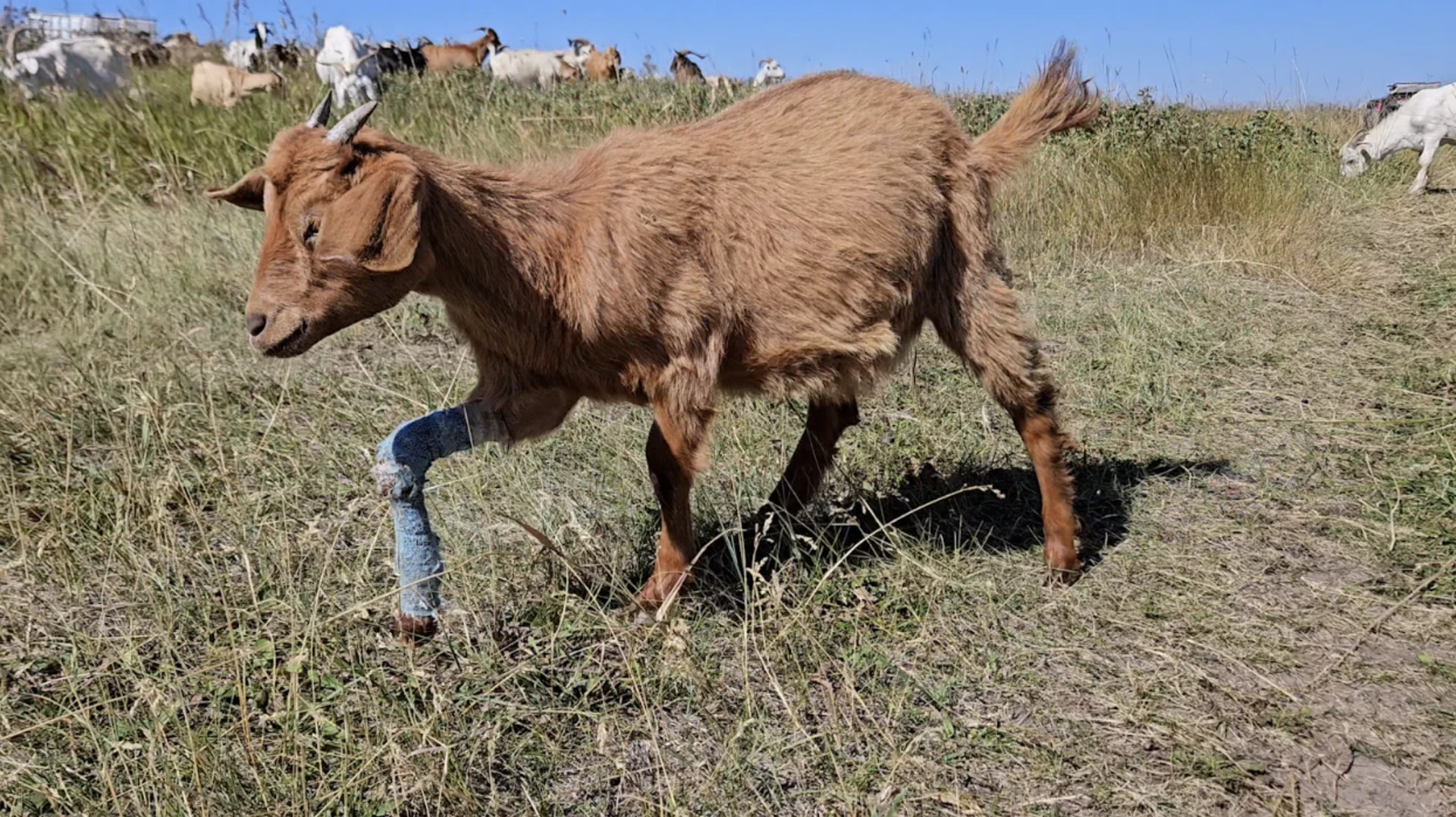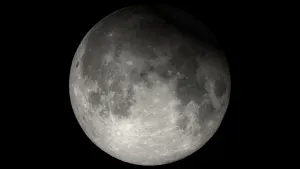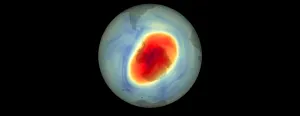
Meet Lady Gaga, the 3-legged goat hunting down weeds in Calgary parks
The Weather Network's Connor O'Donovan hung out with some hardworking goats in Calgary, including Lady Gaga. She is one of the many goats being used to chomp down on invasive plants in Calgary parks.
You could call it a baah’d romance, but that might not be entirely accurate.
Goats and the weeds invading Calgary parks are actually a perfect match, one plant management expert says.
“They prefer broadleaf plants and the seed head more than the native grasses,” says Jeannette Hall, who is overseeing a herd of about 800 goats currently deployed to battle invasive foliage at Nose Hill Park.
“And a lot of the native flowers they leave alone as well.”
SEE ALSO: Do Alberta's mountain pine beetles really deserve all the hate?
The fact that the goats, which are meant to mimic a herd of bison or elk, go gaga more for invasive plants than those native to the area is special enough. But when you consider that one of the goats is operating on just three legs, the aforementioned allusion to a certain pop superstar might be fitting after all.
“That’s Lady Gaga, she was born that way,” muses Hall. “We name all of our goats and we just love her so much.”

Lady Gaga has “a little system going on”, her owners say, in which she makes them well aware with a bleat or two when she needs a bit of help following the herd. (Connor O’Donovan/The Weather Network)
Goat Lady Gaga has suffered from a contracted tendon her whole life. But, the baby-faced bovid manages to keep up with the herd for the most part, Hall says.
“She might hitch a ride in a truck once in a while if she’s a little tired,” explains Hall. “She’ll come over to the trailer and let us know when she needs to be picked up or carried. She’s got a little system going on.”

Lady Gaga, the 3-legged goat, helps to clean up invasive plants across Calgary parks by eating them. (Connor O'Donovan/The Weather Network)
RELATED: What are invasive plant species? And how much harm can they do?
A splint on her weak leg also helps keep Lady Gaga on the right track.
Jeannette Hall owns and operates BAAH'D Plant Management & Reclamation. Lady Gaga and entourage will be grazing a 58-hectare section of Nose Hill for about two weeks in September.
Calgary’s goat grazing program has been around since 2016. According to a city news release, the initiative supports Calgary’s Biodiversity Strategic Plan, which aims to restore 20 per cent of Calgary’s open space by 2025. The goats are touted as a friendly alternative to herbicides or other weed-control measures like mowing or fire.
“We’re doing a biomass reduction. By eating the seeded-out plants, and all of the leaf litter and the thatch we’re opening up the thatch so that the soil can warm and we get early germination of native plants in the spring,” says Hall.
“A lot of time when it’s too built up it’s creating the perfect ecosystem for weeds to take over, so we’re trying to put some pressure on the weeds and give the native plants an advantage.”

Each goat can consume as much as eight pounds of vegetation in a single day. Their droppings help fertilize the soil. (Connor O’Donovan/The Weather Network)
Restoring the natural ecosystem to the park, Hall says, benefits the wildlife native to the area while providing a more scenic and authentic experience to visitors.
Those visitors are welcome to come view the goats in action, but are asked to keep a safe distance, avoid crossing or touching the electric fences set up to contain the goats and to keep their own dogs on-leash to avoid conflicts with herding dogs.










